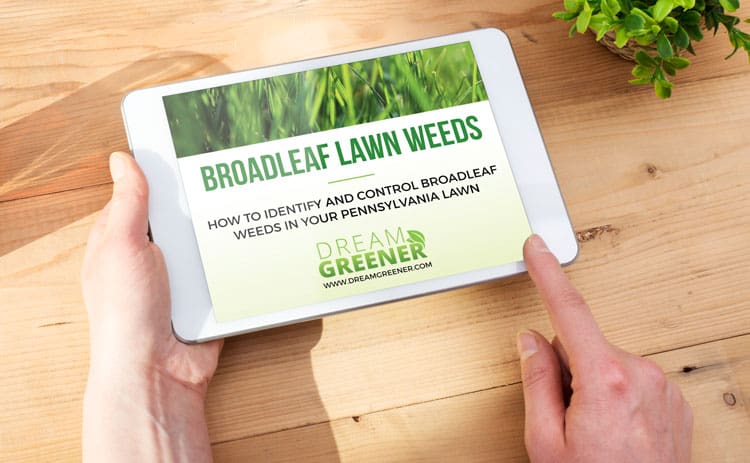Objectives #
Turf growth is slowing down due to cold temperatures, but root growth is still going strong. Fertilizing will provide nutrition to keep the grass green and aid in developing a deep robust root system. Very few insects and diseases will be active and weed control will not be effective due to the temperatures. At this point in the season we are preparing the lawns for winter so they can resume healthy growth in the spring. Seeding will be effective if temperatures remain above 50F, but may be considered a dormant seeding if the seeds do not germinate until next spring when temperatures rise. This should be our customers last application of the season. If we are completing two applications for a customer one should be potassium (0-0-62) and the other should be a regular fertilization.
Open Services & Rounds #
| Lawn Round 6 & 7 | Fertilizer to prolong color and winterize turf. | ||||||||
| Potassium | Potassium fertilization to improve stress tolerance. | ||||||||
| Lime | Correct acidic soil conditions by raising pH. Ideal soil pH = 6.0-6.5 (slightly acidic) | ||||||||
| TruShield | Apply insect control to home foundations 3 ft up and 3 ft out. | ||||||||
| Curative Grub Control | Apply Arena 0.25G if there is grub damage and customer had preventative. | ||||||||
| Aeration & Overseeding | Relieve compact soils and introduce new seed to help thicken lawn. | ||||||||
Products & Rates #
| 25-0-5 or 19-0-5 Granular | Nitrogen & Potassium Fertilizer | 3.0 lbs or 3.7/1000 sq ft | |||||||
| 17-2-5 or 17-0-5 Liquid | Nitrogen, Phosphorus & Potassium Fertilizer | 0.75 or 0.70lbs N/1000 sq ft | |||||||
| 0-0-60/62 Granular | Potassium Fertilizer | 2.5 lbs/1000 sq ft | |||||||
| Change Up | Post-emergent Broadleaf Weed Control | 0.92 fl oz/1000 sq ft | |||||||
| Arena 0.25G | Curative Grub Control | 3 lbs/1000 sq ft | |||||||
| 8-2-1 or 10-0-3 Organic | Organic Fertilizer (TruNatural Programs) | 8.75 or 7.5 lbs/1000 sq ft | |||||||
Expected Diseases, Insects & Environmental Stresses #
|
Leaf Spot Disease
|
Tiny circular dark spots on leaves. Spots can girdle the grass blades and cause death of leaf. Crown of the plant may rot due to the disease resulting in ‘melting out’.
|
||||||||
| Rust Disease | Orange raised bumps on grass blades. Can be corrected with nitrogen fertilizer. | ||||||||
| Pet Damage (Urine Spots) | Patches of dead turf with dark green borders. Look for other signs of pets. | ||||||||
| Frost Damage | Due to traffic on frozen grass. Browning from foot prints and tire tracks. | ||||||||
| Grub Damage | Turf will show signs of drought stress and will pull up easily. Roots are eaten. | ||||||||
| Dormant Turf (Zoysia) | Warm season grasses go dormant/brown as temperatures fall below 55F. | ||||||||
| Push Spreader | Truck Spray System | Double Applications | |||||||
|
Review product application rate and set spreader properly. Trim property with deflector shield down and 3rd port hole slide closed. For Scotts spreaders set pattern cone to 1 while trimming and 4 for normal passes.
|
Calibrate spray output to 2 gallons per minute by conducting a bucket check. Calibrate injection system by turning off main spray line and bucket check injection line by itself. Agitate tank mix for at least 5 minutes before first stop or after extended breaks. Do not drive with pumping system engaged.
|
Customers may receive two round applications on the same day to avoid pushing their last application out too far. One application will be potassium to help strengthen the turf and the other will be a normal nitrogen fertilization to help maintain a thick green appearance and aid in early spring green up.
|
|||||||
